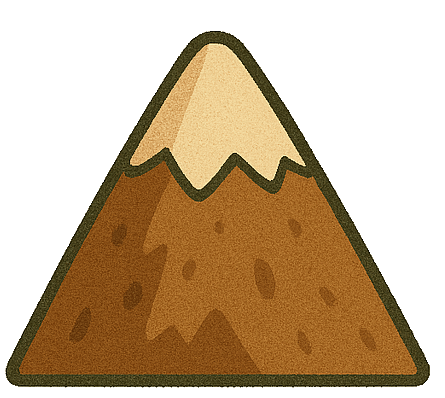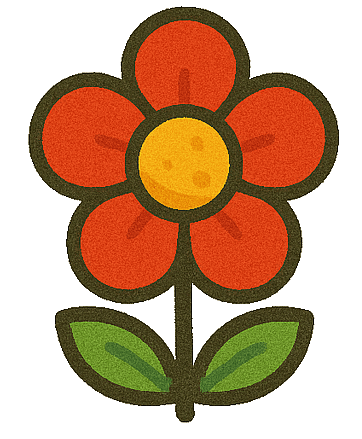Get started with Gamefolio, a portfolio template for game developer, with this step-by-step guide to setup and customization.
Setup and Installation
Step 1: Prepare Your Tools
Ensure you have the necessary tools installed on your system before setting up the Gamefolio template.
- Node.js and npm: Download and install from nodejs.org.
- Code Editor: Use Visual Studio Code, Sublime Text, or any editor of your choice.
- Terminal: A command-line interface (Terminal).
Step 2: Open the Project
Download or clone the Gamefolio template and open it in your code editor.
- Unzip the template folder
- Open the project folder in your code editor (e.g., VS Code).
- Navigate to the root directory in your terminal.
Step 3: Install Dependencies and Run the Project
Install dependencies and start the development server using npm.
npm install: Installs all project dependencies.npm run dev: Starts the development server (usually athttp://localhost:4321).npm run build: Builds the production-ready files.
Step 4: Customize Appearance
Personalize the template by modifying styles, content, and data to match your project.
- Edit Astro files
src/pages(e.g.,index.astro,blogs.astro) to update content. - Replace images in
public/imgwith your project photos.
Customization
1. Customize Style Tailwind
Gamefolio uses Tailwind CSS for styling. You can customize the global styles in src/styles/global.css or apply Tailwind classes directly in HTML files.
- Edit
src/styles/global.cssto modify colors, fonts, or spacing (e.g., change--color-bg). - Add Tailwind classes directly in HTML files for quick styling (e.g.,
bg-blue-500,text-2xl).
2. Add Custom CSS
For styles beyond Tailwind’s utility classes, add custom CSS directly in src/styles/global.css.
- Create custom animations, keyframes, or complex layouts.
- Override default styles for specific components (e.g., sidebar, buttons).
@import "tailwindcss";
@theme {
--font-sans: 'Poppins', monospace;
--font-game: 'Press Start 2P', monospace;
}
@layer base {
*,
::after,
::before,
::backdrop,
::file-selector-button {
border-color: var(--color-gray-200, currentColor);
}
input::placeholder,
textarea::placeholder {
color: theme(--color-gray-400);
}
button, [role="button"] {
cursor: pointer;
}
}
@custom-variant dark (&:where(.dark, .dark *));

